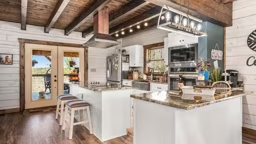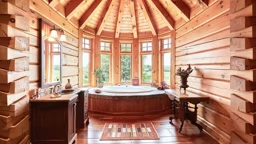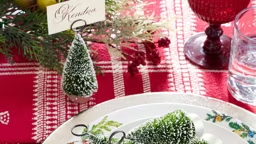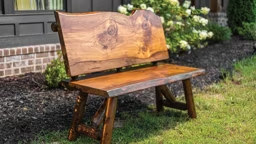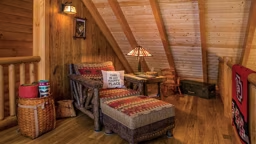
Ask any decorator what’s great about indoor plants and the answer will likely be, “They’re aesthetically pleasing.” Ask any fifth grader the same question (because, who are we kidding, they really are smarter) and you’ll probably hear, “They take in carbon dioxide in exchange for oxygen.” Ask us, and we’ll tell you that both answers are correct.
Not only do log homes provide the perfect backdrop for bringing a bit of nature indoors, but, as Barbara Pierson of White Flower Farms Nursery (whiteflowerfarm.com), a nursery in northwestern Connecticut explains, “Houseplants filter harmful indoor pollutants from new carpet, cigar smoke and treated wood, just to name a few and then kindly give us back healthy air.”
Here’s our primer for gorgeous and nourishing indoor garden.
Introducing a New Plant
Just as wood floors need to get acclimated to a new environment, plants need to get used to lower light and humidity. When you bring in a new plant, keep it away from existing plants for a couple weeks to prevent passing on any diseases. As the plant adjusts, its leaves may change in color or drop off. This is normal. Just keep it cool, which will help it resist water loss, check the soil often to maintain a constant level of moisture, and avoid fertilizing.
Placement
Take your cue from outdoor gardening by grouping plants in odd numbers and at varying heights. Not only are plants easier to care for this way, but this strategy creates a microclimate and keeps humidity levels higher. Choose colorful pots that match your decor, along plant stands made from wrought iron or even twigs to complement log walls. Add moss to cover the dirt for a finished look.
Care
- Watering: This is key. Over-watering is usually the problem, so don’t water on a regular schedule, but instead, check soil for dryness. Aim for consistent moistness, and avoid soggy soil. And you want to avoid a sudden drenching—slowly pour water until it barely comes out from the bottom.
- Light: How much light a plant need varies by individual species, and you’ll want to choose low-light species for indoors. Once you find the right spot for it, rotate the plant every couple of weeks so that light reaches the entire plant.
- Humidity: Shoot for a range of 40 to 60 percent relative humidity. (If leaf edges turn brown and flower buds fall off, that’s a sign that humidity is low.) To increase humidity, you can use a humidifier, or simply set plants on a pebble-filled tray set in water. Grouping plants together works, too, as does misting, but be careful with this one since not all plants tolerate constant spraying. If you overcompensate with humidity, patches of gray mold will form on leaves.
- Food: Gently fertilize plants in warm months (about once every one to three months depending on your plant) when they are actively growing. Stop fertilizing during winter. Over-fertilizing will burn the root system, and plants will die.
- Temperature: Many plants do best in temps ranging between 65 and 75 degrees Fahrenheit during the day with a 5- to 10-degree drop at night. Be careful near cold windowpanes, which can damage foliage, as do extreme temperature fluctuations from radiators, heating and air conditioning vents.
Re-potting
When you should re-pot a plant depends on the plant itself. Some indicators that it’s time: roots are growing through drainage holes or appear on soil surface, the soil mass is filled with roots, new leaves are smaller than normal, and leaves wilt between regular waterings. The best time to re-pot is when the plant is growing. Choose soil based on the kind of plant you’re working with. Fleshy-rooted plants like course, textured soil, which promotes drainage, while fine-rooted plants prefer fine-textured soil-less mixes that hold moisture.
And even though your plants will reside indoors, Barbara’s secret to healthy, happy houseplants is to get them outside every now and then. Take them out in the summer and place them under a shade tree. “They’ll revel in the fresh air and rain water, and will be devoted to you for a long, long time.”




